Subtotal:
₨ 529,000
Microphone
Neumann TLM 103 Condenser Microphone
Key Specifications:
-
Transducer type: Condenser, pressure gradient
-
Polar pattern: Cardioid
-
Frequency response: 20 Hz – 20 kHz
-
Sensitivity: 23 mV/Pa
-
Self-noise: Just 7 dB-A – among the quietest mics available
-
Max SPL: 138 dB (0.5% THD)
-
Output impedance: 50 ohms
-
Connector: XLR-3F (requires 48V phantom power)
₨ 458,000
The Neumann TLM 103 is a highly respected large-diaphragm condenser microphone, often considered a modern classic and a gateway into the prestigious “Neumann sound” at a more accessible price point compared to their flagship models like the U87. It’s renowned for its clarity, extremely low self-noise, and ability to capture detailed sound.
Key Features and Highlights:
- Large-Diaphragm Capsule: The TLM 103 features a large-diaphragm condenser capsule that is derived from the classic K87 capsule found in the legendary Neumann U87. This is a core reason for its professional-grade sound quality.
- Cardioid Polar Pattern: It is a fixed cardioid pattern microphone. This means it primarily picks up sound from the front of the microphone, while effectively rejecting sounds from the sides and rear. This is the most common polar pattern used in studio recording, making it versatile for isolating vocals, instruments, and reducing room ambiance.
- “Transformerless” (TLM) Circuitry: The “TLM” in its name stands for “Transformerless Microphone.” This technology replaces the traditional output transformer with an electronic circuit, resulting in an exceptionally low self-noise (7 dB-A, making it one of the quietest microphones available) and high maximum SPL (Sound Pressure Level) handling (up to 138 dB). This combination provides a very wide dynamic range (131 dB), allowing it to capture everything from whispers to very loud sources without distortion or introducing noticeable noise.
- Balanced Frequency Response with Presence Boost: The TLM 103 has a relatively flat frequency response up to around 5 kHz, with a distinct and wide presence boost of about 4 dB above 5 kHz. This gives it a bright, “forward,” and “airy” sound that helps vocals and instruments cut through a mix without needing much EQ. While some find this brightness flattering, others occasionally find it a bit “sibilant” on certain voices, which can often be managed with proper mic technique or de-essing.
- High Sensitivity: With a sensitivity of 23 mV/Pa, the TLM 103 provides a strong output signal, meaning you don’t need to drive your preamp as hard. This is beneficial for minimizing noise in your recording chain, even with more budget-friendly audio interfaces.
- Robust Build Quality: As expected from Neumann, the TLM 103 is built with high-quality materials and precision engineering. It has a sturdy metal body and a durable grille.
- Applications:
- Vocals: It’s an absolute go-to for many professional and home studios for lead and backing vocals, offering clarity and presence.
- Acoustic Instruments: Excellent for acoustic guitar, piano, strings, and other instruments where detailed capture is desired.
- Voiceover/Podcasting/Broadcast: Its clarity and low self-noise make it a top choice for spoken word applications.
- Amplifiers: Can handle high SPLs, making it suitable for miking loud guitar cabinets.
- Drum Overheads/Room Mic: Can be used effectively for capturing the overall sound of a drum kit or the ambiance of a room.
- Included Accessories: Typically comes with a swivel mount for attaching to a microphone stand. Often, it’s sold in “Studio Sets” that include a shock mount (like the EA 1) and an aluminum case.
Common Perceptions and “The U87 Comparison”:
The TLM 103 is often compared to its much more expensive older sibling, the Neumann U87 (specifically the U87 Ai).
- Similarities: Both share a family sonic resemblance, characterized by a detailed, present, and somewhat “larger-than-life” sound. The TLM 103’s capsule is derived from the U87’s.
- Differences:
- Polar Patterns: The U87 is multi-pattern (cardioid, omni, figure-8), while the TLM 103 is fixed cardioid.
- Sound Profile: The TLM 103 is generally considered brighter and more “modern” in its top-end presentation due to its more pronounced presence boost. The U87 is often described as having a slightly smoother, more refined, and balanced midrange, with a less aggressive high-end. This can make the U87 more versatile for a wider range of voices and instruments without needing as much post-processing.
Based on 0 reviews
Be the first to review “Neumann TLM 103 Condenser Microphone”
You must be logged in to post a review.
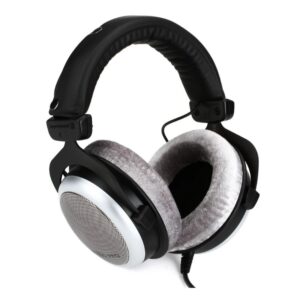
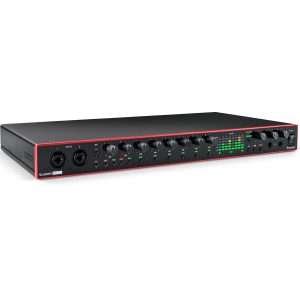
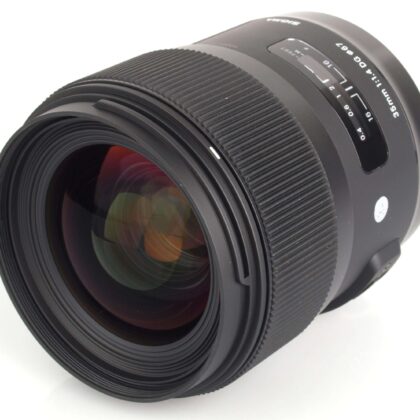
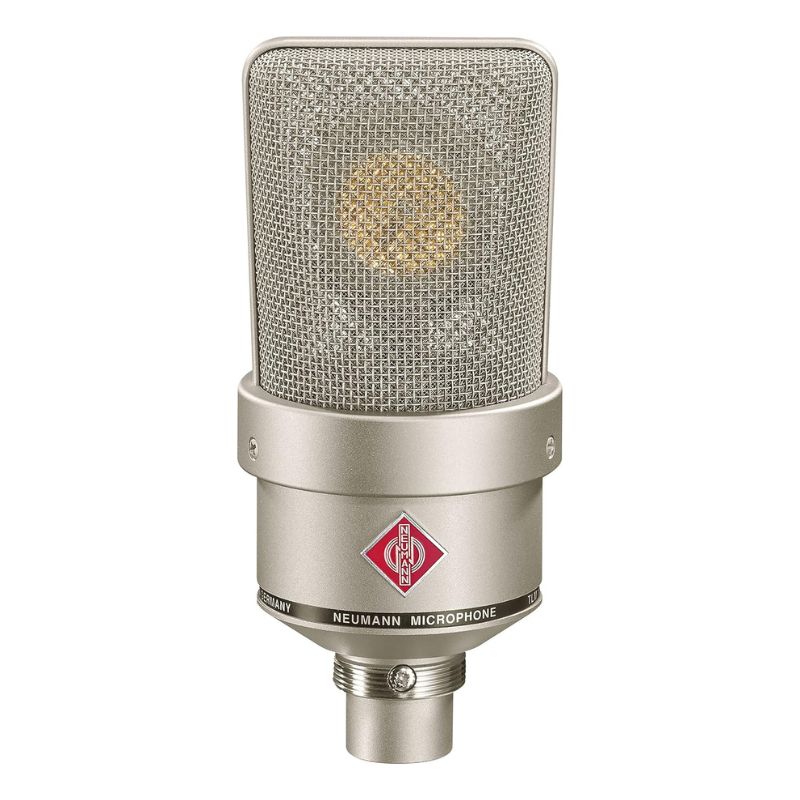
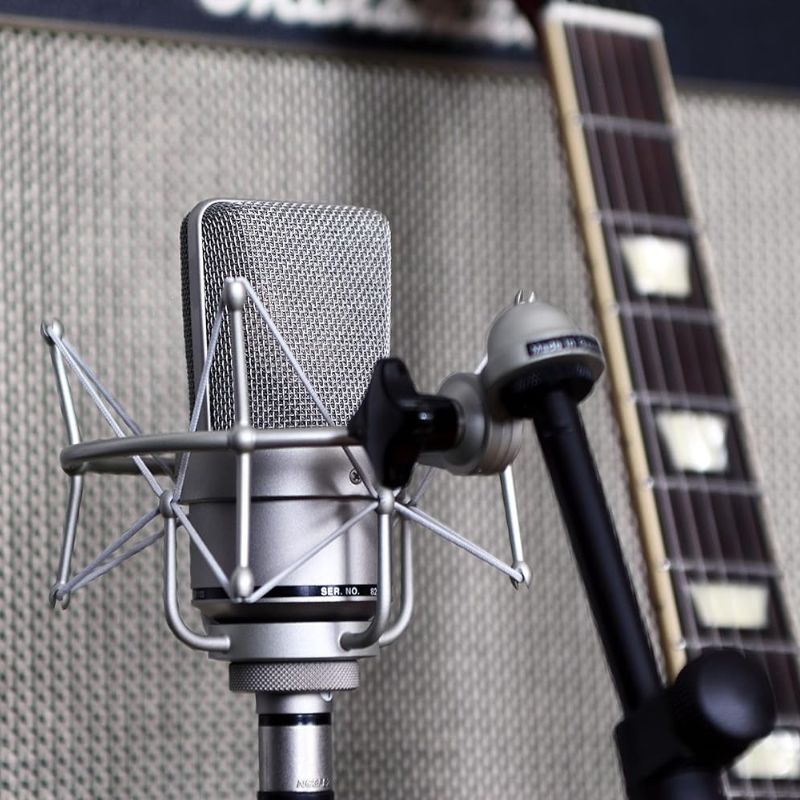
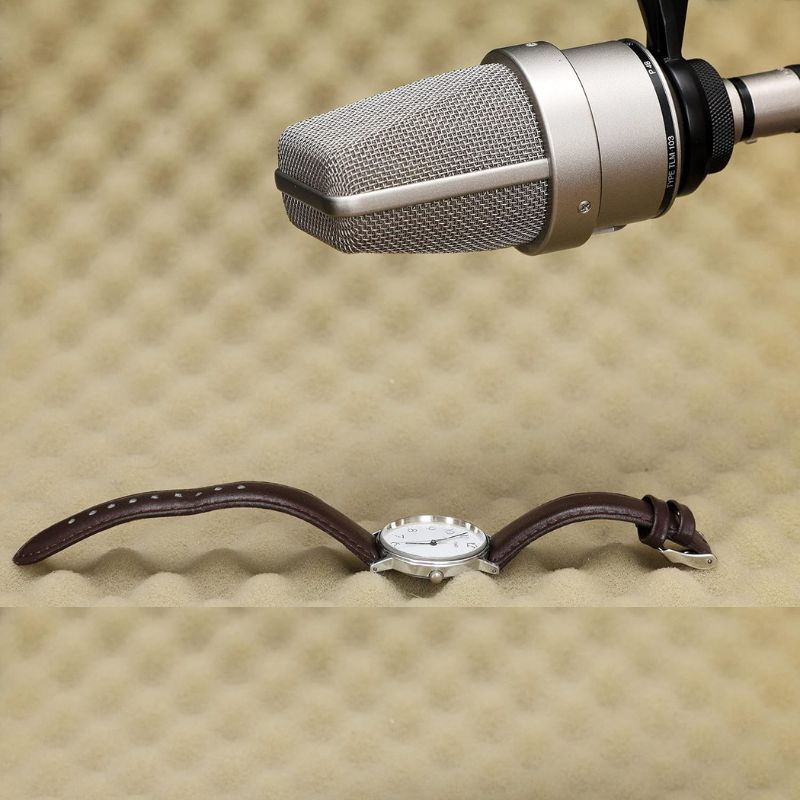
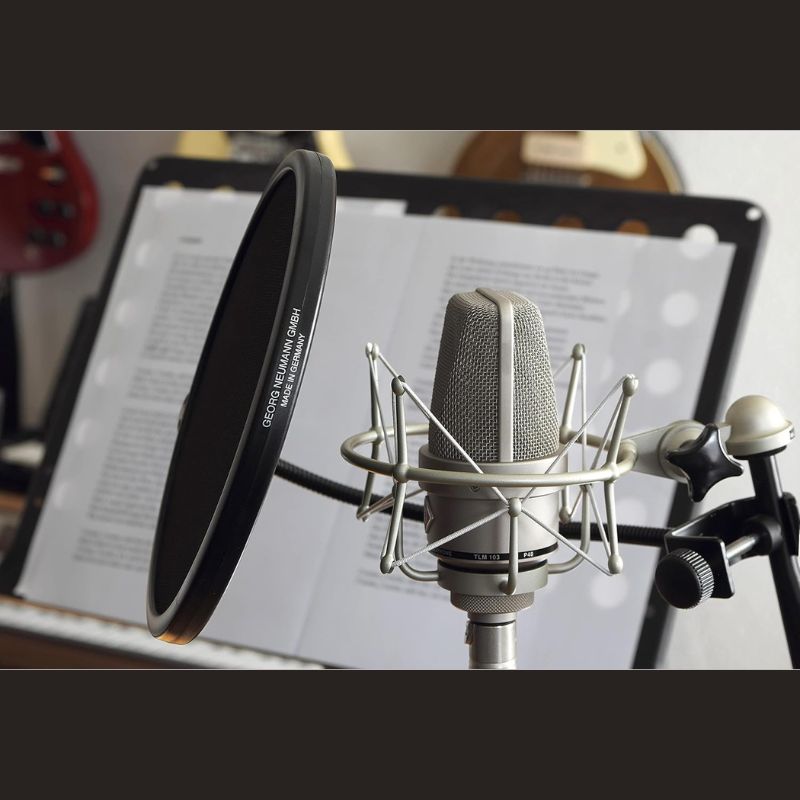
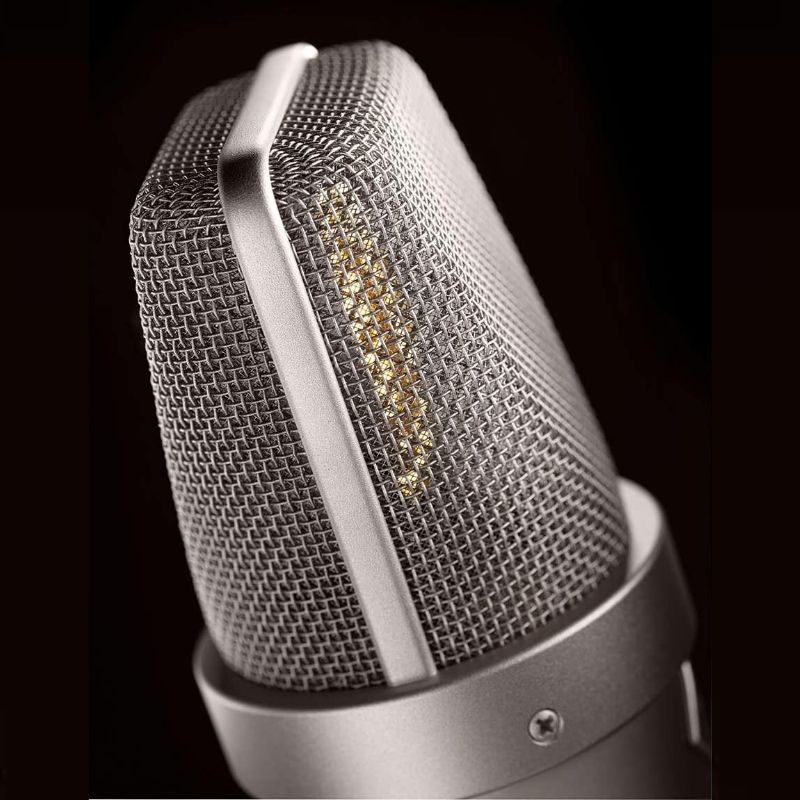
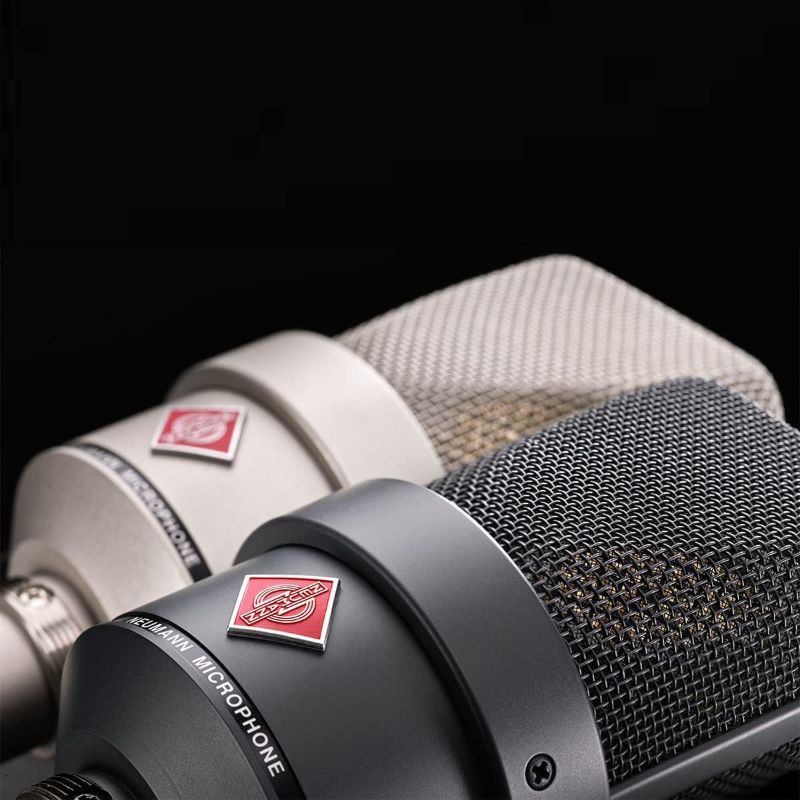
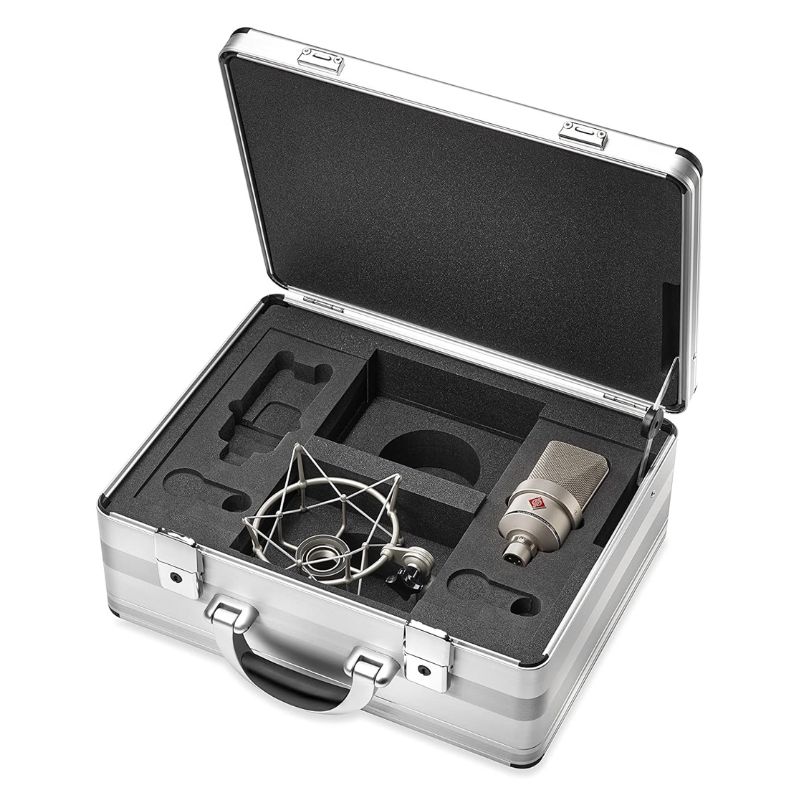
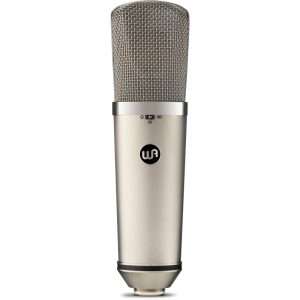
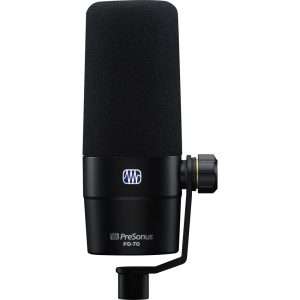
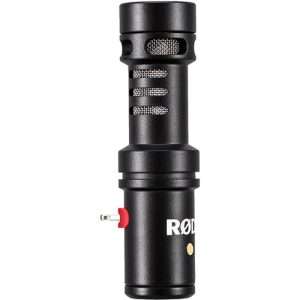
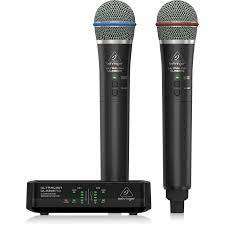
There are no reviews yet.